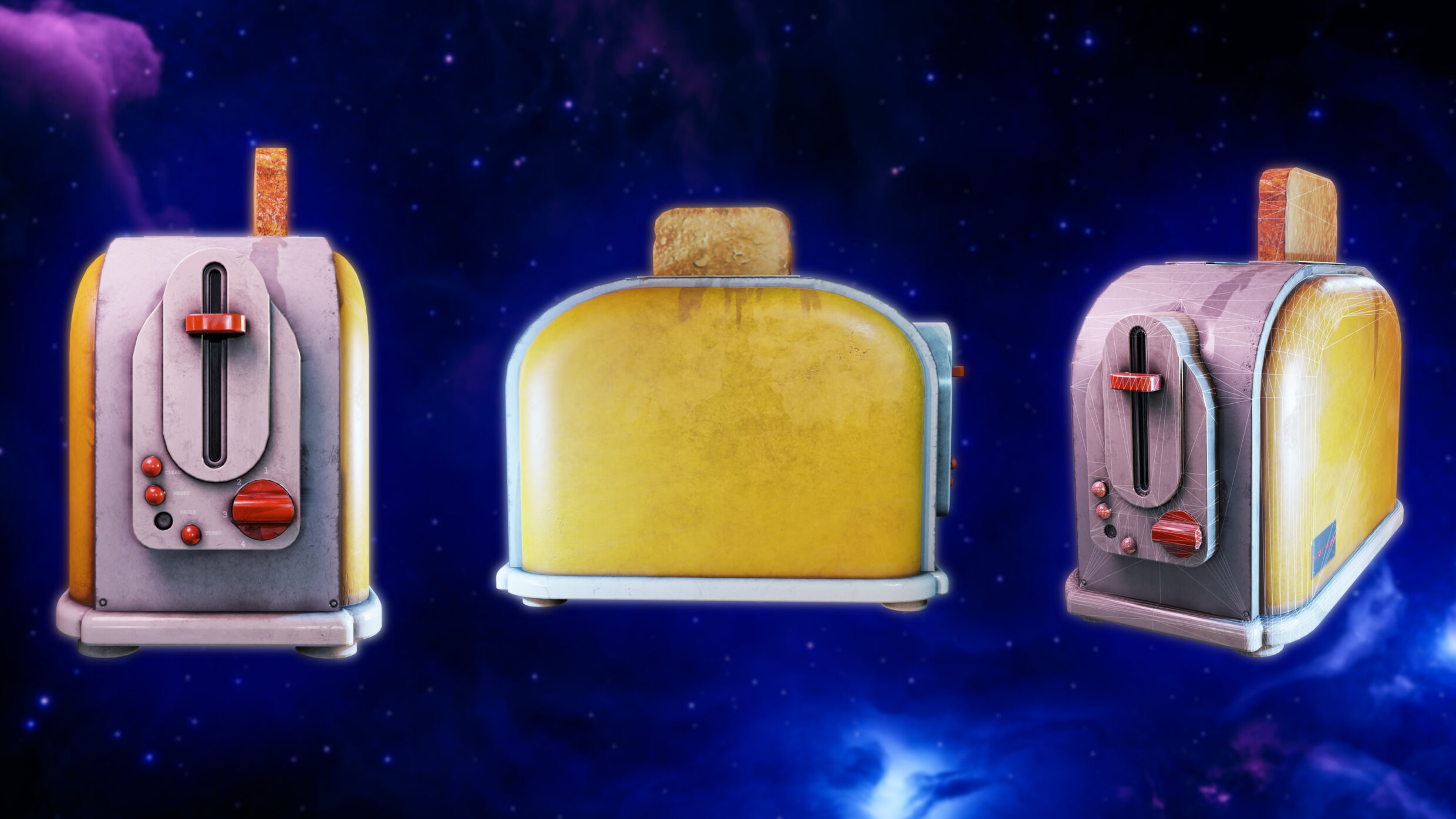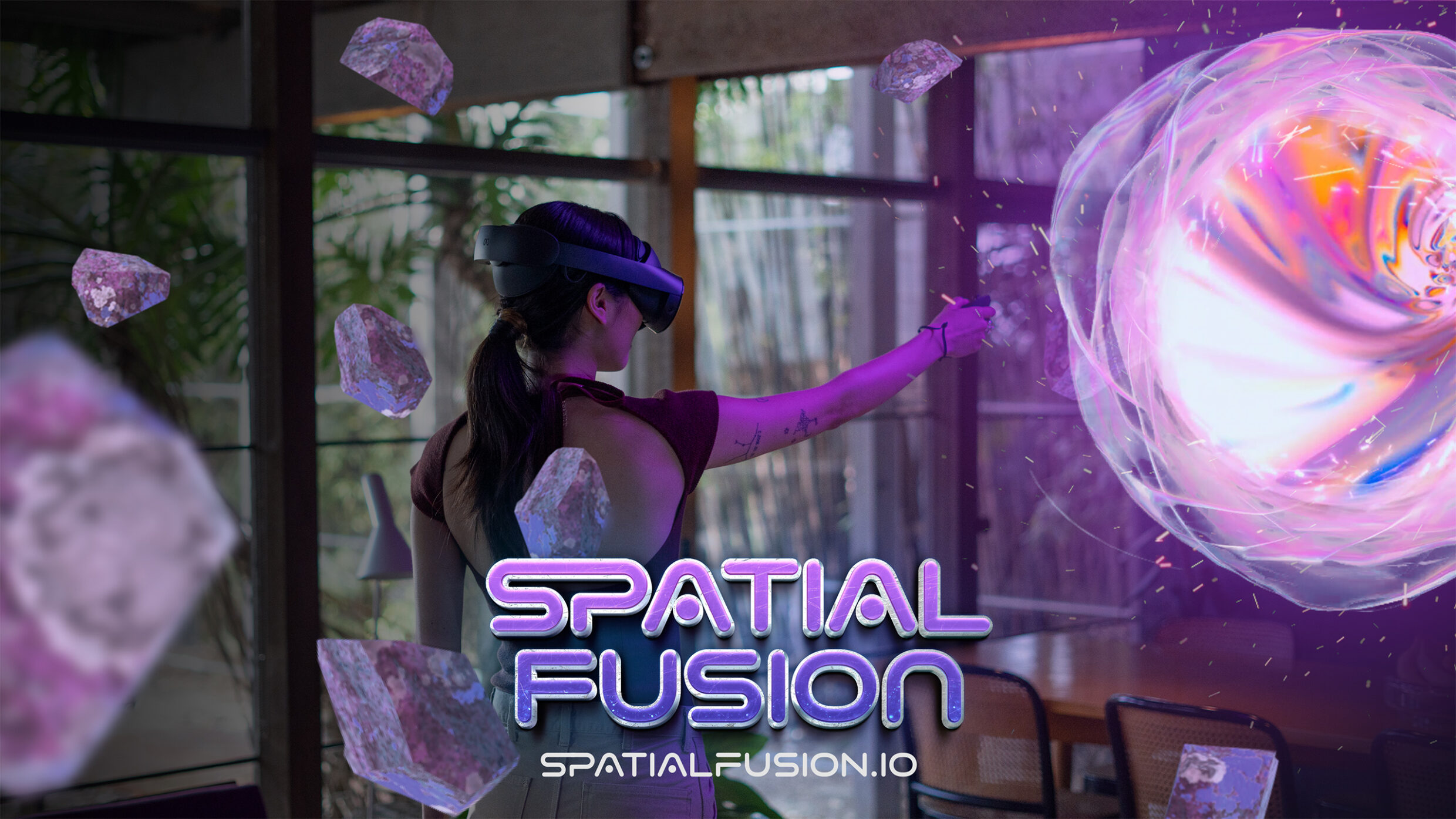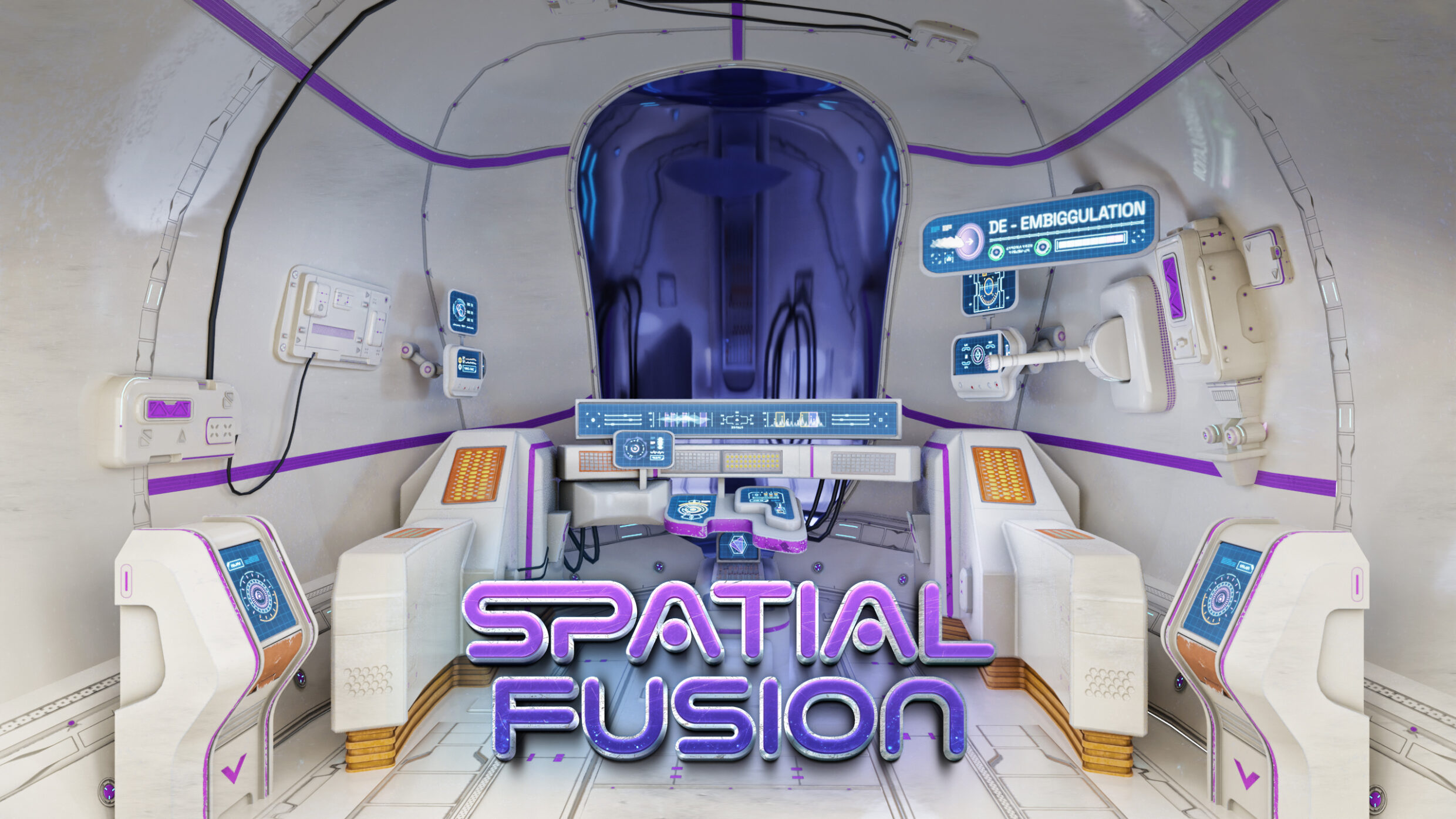
PHORIA
Spatial
Save lost spacecraft in Mixed Reality
Spatial
Fusion
Save lost spacecraft in Mixed Reality
Technical Achievement, Metaverse & Immersive Features /
Nominee
Creating a light-weight, high caliber MR experience without depending on off-the-shelf web engines.Gemma Hannan, Communications Manager


Q: Once you settled on your idea, what influenced your decision on the chosen technical approach? How did it differ or go beyond approaches you’ve taken in the past?
A: One of our biggest challenges was to develop Spatial Fusion without access to the Quest Pro hardware, which was still under wraps. We decided to run Spatial Fusion via WebXR, and this was uncharted territory for us. Usually MR experiences are complex, heavy and not designed with web browsers in mind. So to make Spatial Fusion both high quality and performant, we needed a lot of problem solving using cutting-edge techniques.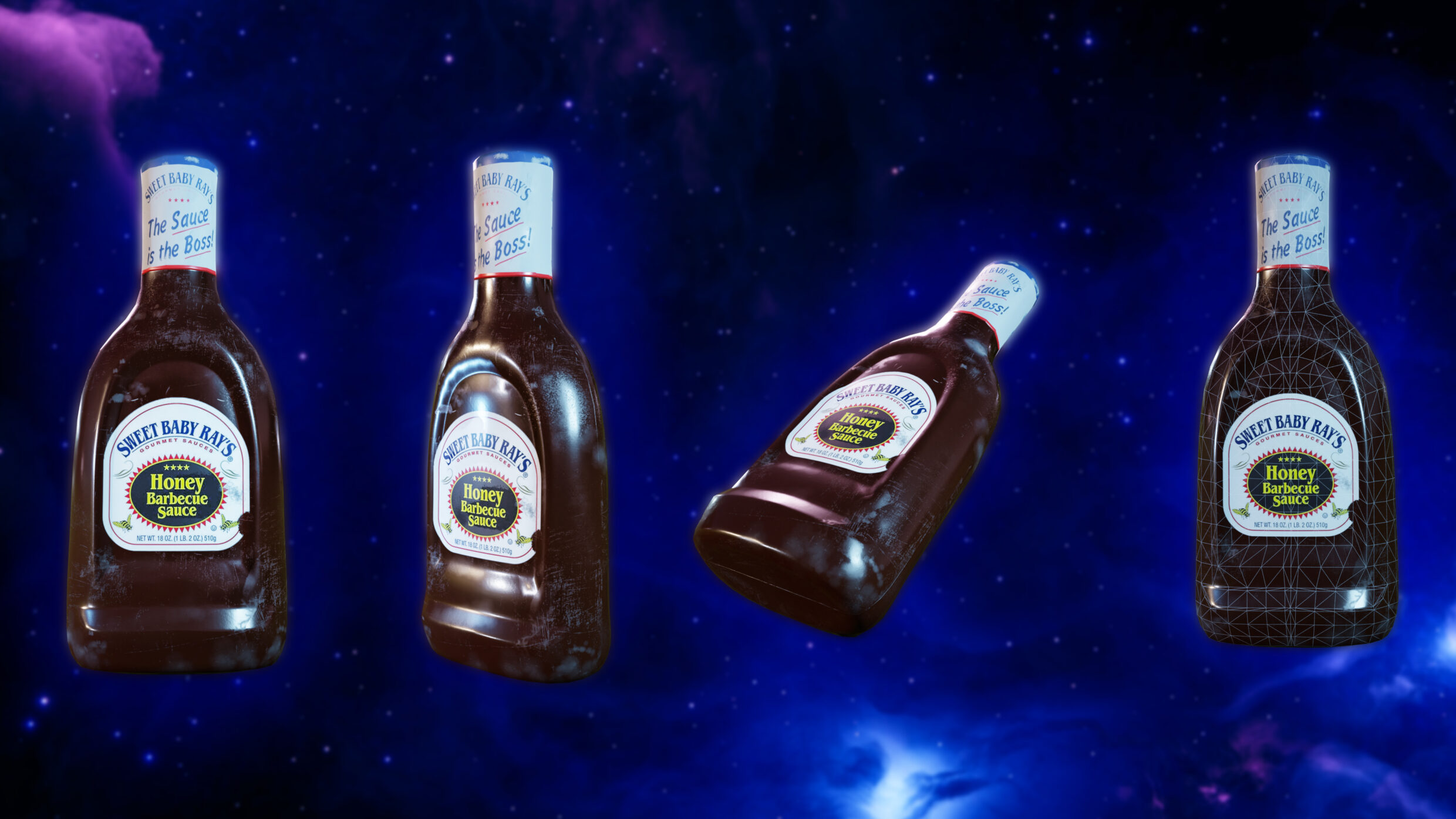
Q: What were some of your biggest learning and takeaways from this project?
A: As a studio we gravitate towards documentary experiences that unite nature and humanity. But with Spatial Fusion we discovered a really playful and lighthearted dimension to spatial storytelling. Inspired by iconic works like Alien, Portal and Futurama, we combined real fusion energy research with retro-futuristic game design. One big takeaway was just how much colour passthrough can transform a playspace and bring a distinct aesthetic to life.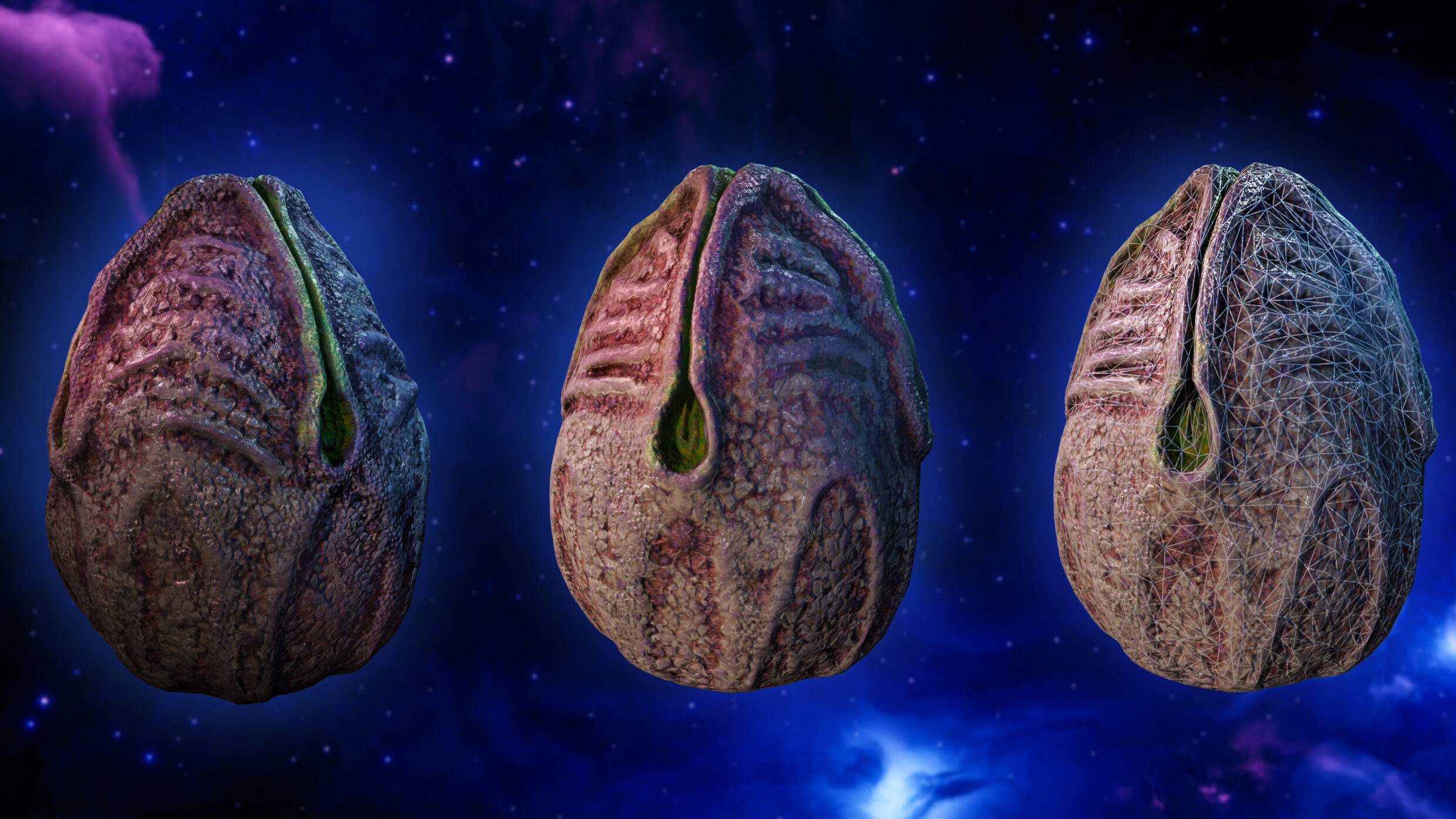
Q: What web technologies, approaches, tools, or resources did you use to develop this experience (WordPress, headless, AI, Sublime Text, HTML5, Adobe XD, etc)?
A: We built Spatial Fusion using the least complicated tech-stack possible and the latest WebXR API from GitHub, while still meeting our minimum requirements. Our primary support was ThreeJS, as it does much of the graphical heavy lifting and runs WebXR straight out of the box. With ThreeJS in place, we were able to really innovate and utilize two powerful new WebXR features — XRAnchors and Plane Detection.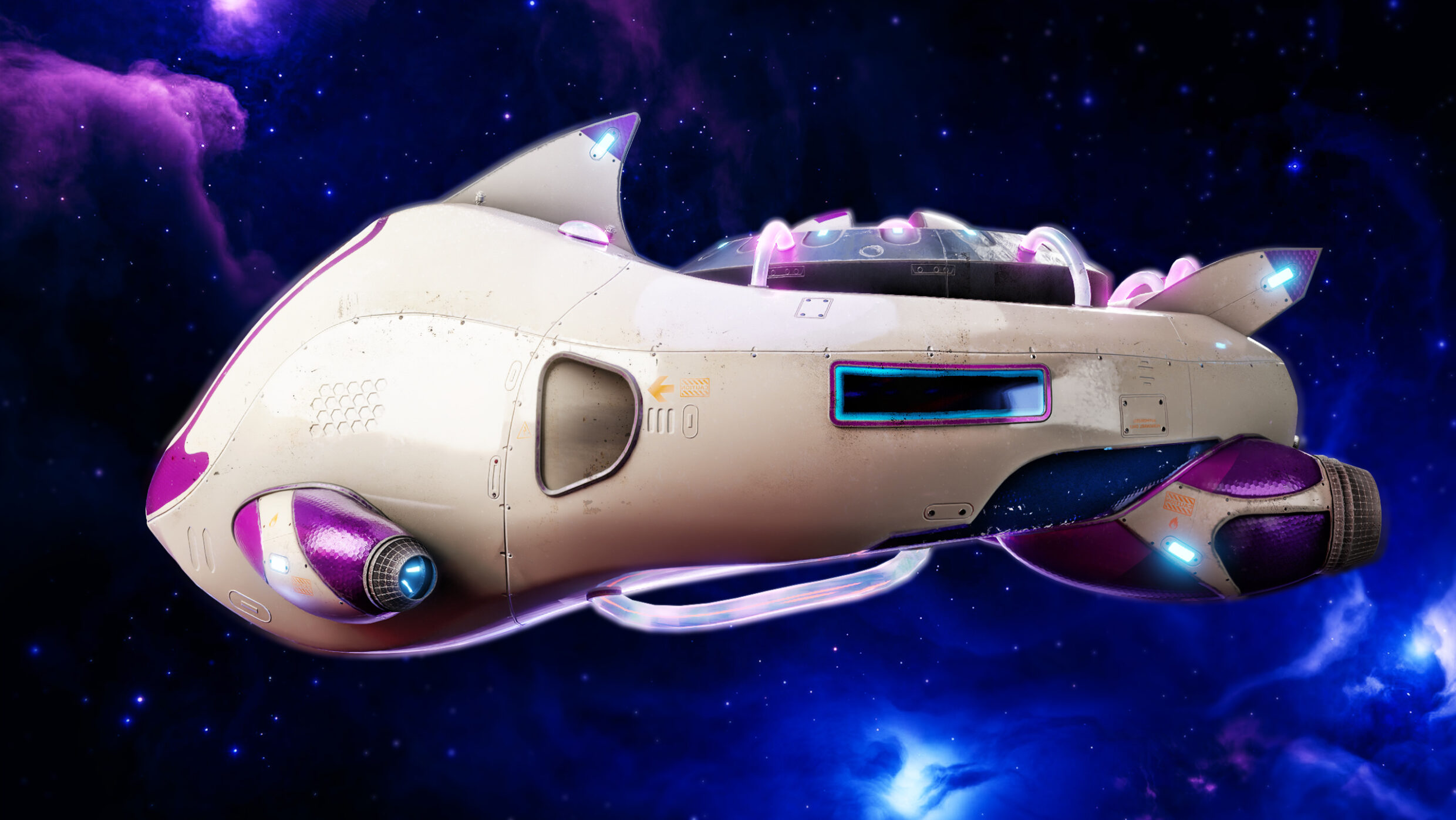
Q: How did the final product meet or exceed your expectations? What results did you see?
A: Spatial Fusion is a comprehensive eight minute demo of the latest immersive technologies and was featured in Meta’s keynote event, Connect 2022. Since release, over 25,000 users have tried the experience in a Quest Pro or Quest 2 headset. Spatial Fusion shows how Mixed Reality will fundamentally change the user experience of WebXR. We hope our work inspires others to harness these advances for greater engagement, immersion and impact.